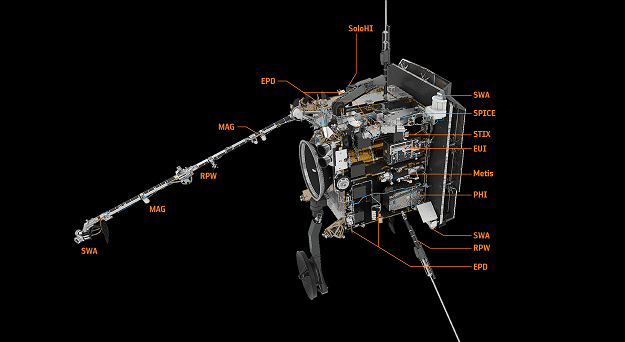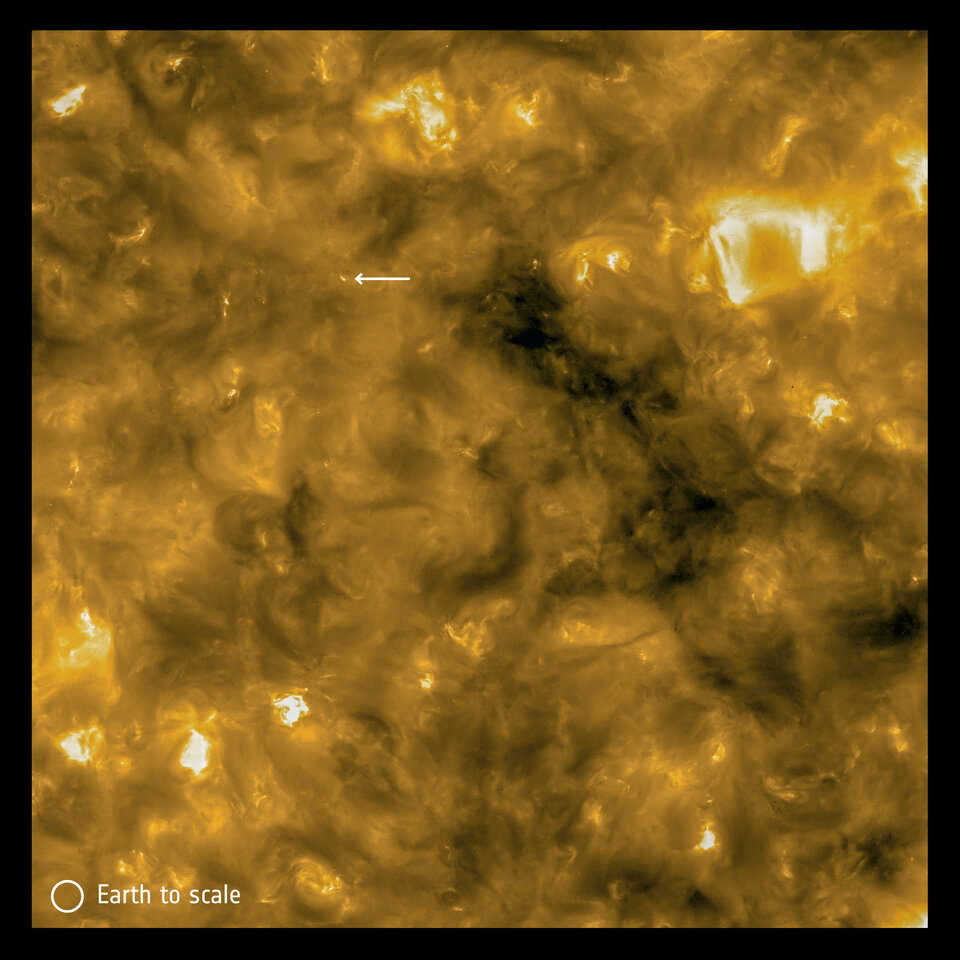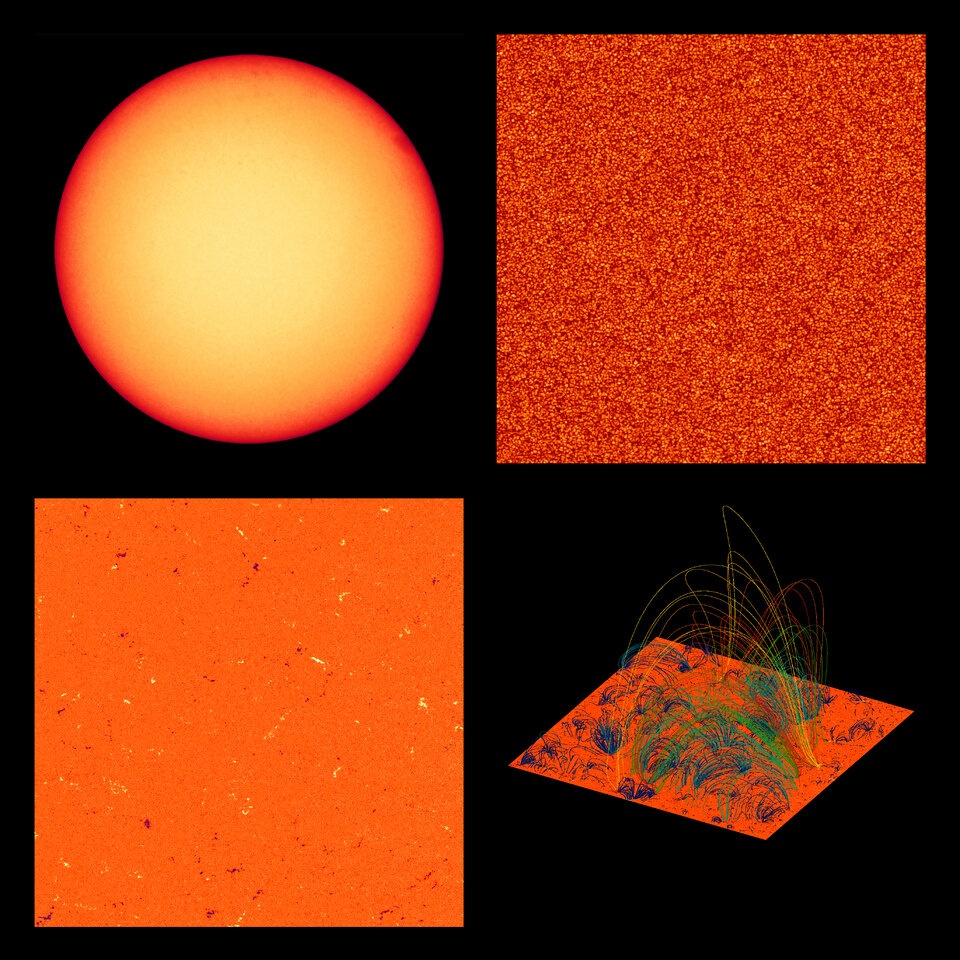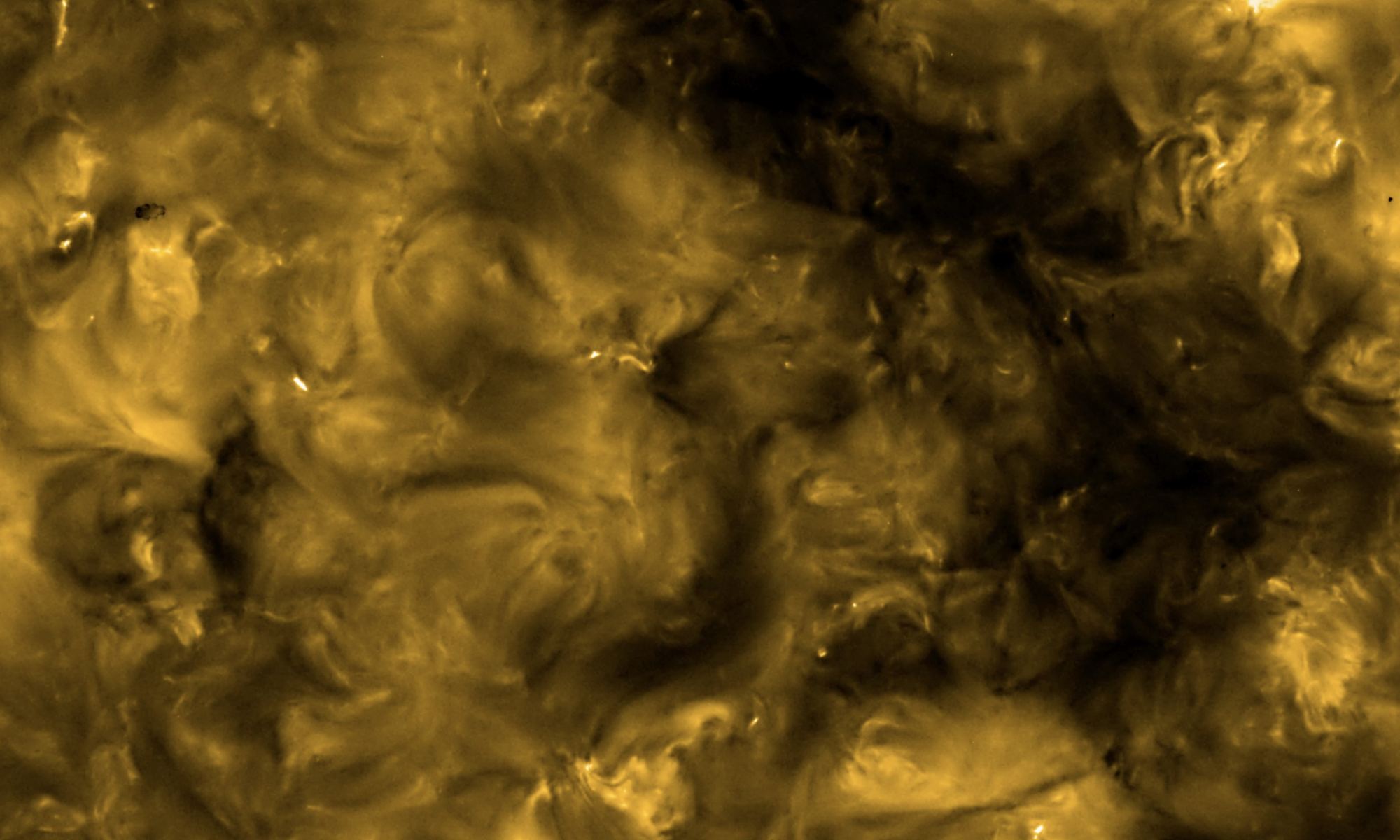While actually walking on the sun is still just a dream of Smash Mouth fans, humanity has gotten a little bit closer to our nearest solar neighbor with the recent launch of the European Space Agency’s Solar Orbiter (SolO).
SolO has just produced its first round of photographs of the sun in action and they are already revealing some features that have been unseen until now. Those features might even hold the key to understanding one of the holy grails of heliophysics.
SolO itself consists of ten instruments that work in tandem. There are six remote sensors, which primarily look at the sun, and four “in-situ” instruments, which focus primarily on the local space around the orbiter itself. Mission scientists plan to take the data collected from the remote sensors and pair it up with the data collected by the in-situ ones. The orbiter can also potentially sync up it’s observations with those of the Parker Solar Probe, which could coordinate data collection using an even wider array of sensors.

Some remote sensors on SolO have already started their individual data collection, as the probe transitions out of its commissioning phase and into its data collection phase. Coordination between the sensors will still take some time yet, but the data collected so far has been eye-opening.
One of the biggest discoveries comes from the Extreme Ultraviolet Imager (EUI), which is tasked with taking pictures of the upper layers of the sun’s atmosphere. The EUI has found what the scientific team are calling “campfires” that exist all over the sun. The campfires appear to actually be miniaturized versions of the solar flares that cause auroras when they hit Earth’s magnetosphere. At one millionth the size, they aren’t even visible from Earth, but since SolO is currently approximately half of the distance of the Earth away from the sun, these features can be found almost everywhere. It’s not clear yet whether these miniature flares are related to the larger ones that have been studied for decades or whether there’s a novel underlying mechanism that is creating them.

Either way, they may provide insight into one of the holy grails of heliophysics: why the sun’s corona is so hot. Scientists still don’t understand what exactly makes the corona’s temperature soar up to 5500 ?, many times hotter than the sun’s actual surface. Members of the science team, such as Frédéric Auchère of the Institut d’Astrophysique Spatiale, have suggested that the combined effect of so many miniaturized solar flares could have a significant impact on the temperature of the corona.
While that theory requires much more data to prove, SolO is well placed to continue collecting it. It is slowly traveling its three year orbital path that will bring approximately one quarter of the distance from the Earth to the sun. With such a close encounter, EUI should be able to take many more images that, combined with data from other instruments, can shed more light on the campfires it found in its first set of images.
As part of that orbital path, SolO will become the first sun-observing satellite with a UV sensor to travel out of the plane of the ecliptic. And the EUI won’t be the only sensor to benefit from that unique perspective.
The Polarimetric and Helioseismic Image (PHI) is another remote sensor on SolO that has started collecting data. It is responsible for collecting data on the magnetic fields and line-of-sight velocity of the interior of the sun. Its first images were recently released as well, which consist of magnetograms that show the differing strength of magnetic fields on the surface of the sun. This data might eventually be combined with the in-situ sensors on SolO to paint a better picture of how changes in the sun’s magnetic field affect the solar wind that constantly blows by the probe as well as the Earth.

Credit: Solar Orbiter/PHI Team/ESA & NASA
The team will have to wait for a while until all the instruments are up, running, and collaborating together to get the full impact of the sensor suite that SolO is carrying. But it has a long time left in it’s planned 7 year mission. In the meantime, the orbiter has already given scientists some interesting observations to chew on, maybe while listening to some 90s pop music.
Learn More:
ESA: Press Release
UT: Solar Orbiter Start Observing the Sun
Space.com: SolO First Sun Flyby

